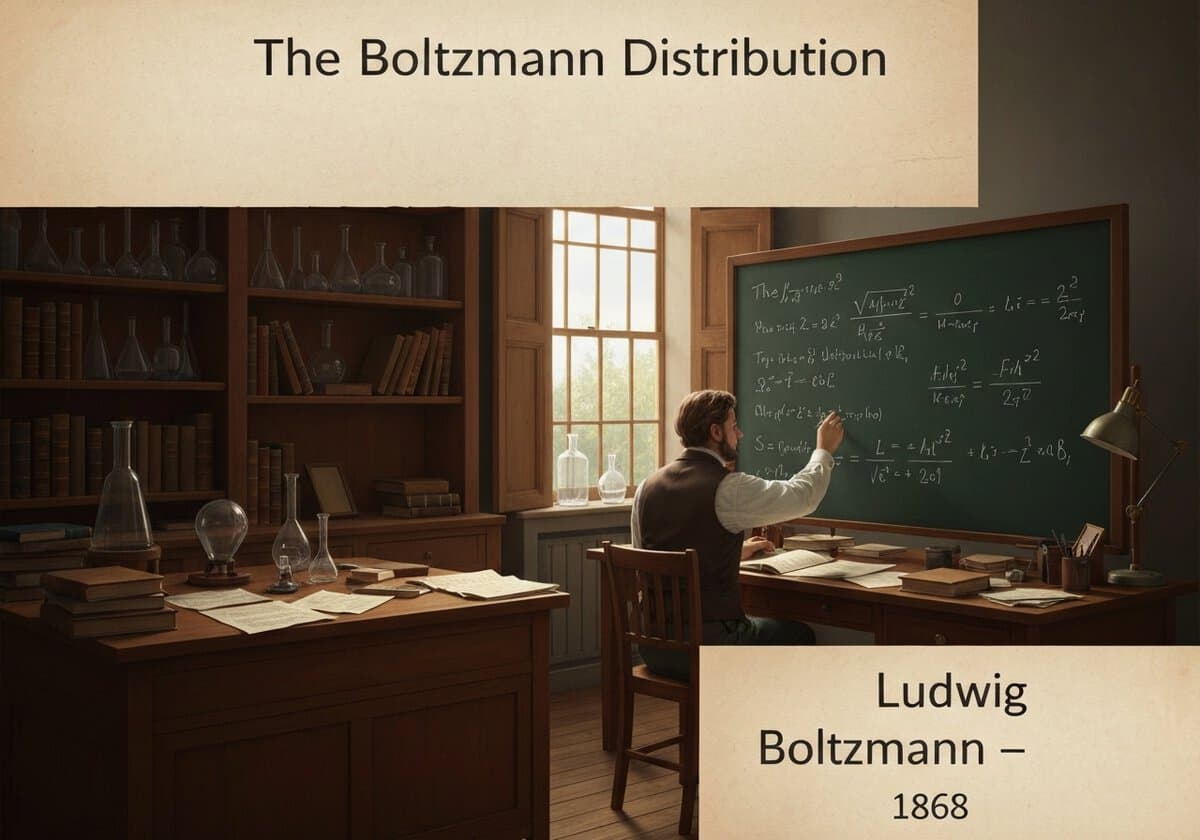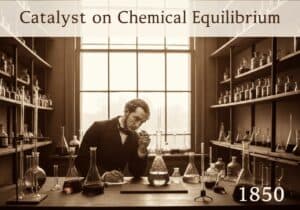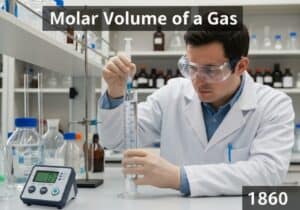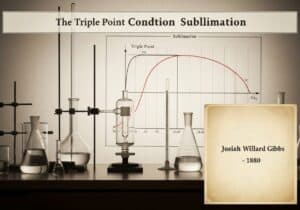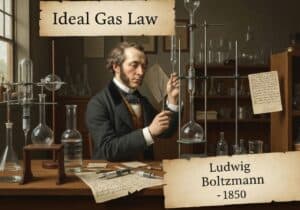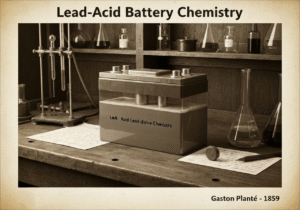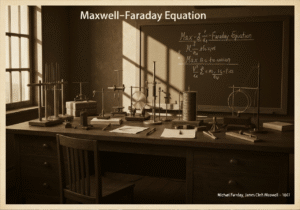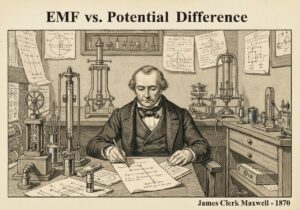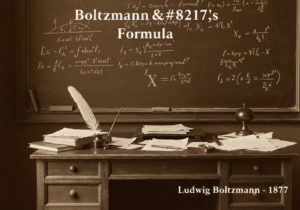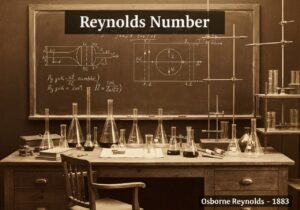The Boltzmann distribution describes the probability that a system in thermal equilibrium at temperature T will be in a specific microstate with energy E. This probability is proportional to the Boltzmann factor, [latex]e^{-E / k_B T}[/latex]. It implies that states with lower energy are exponentially more likely to be occupied than states with higher energy, with temperature modulating this preference.

